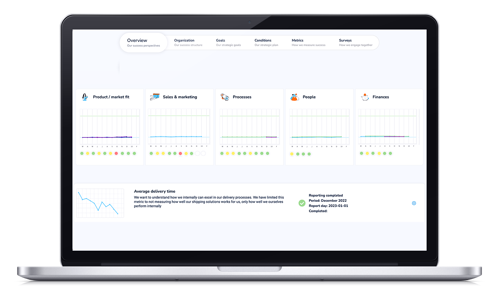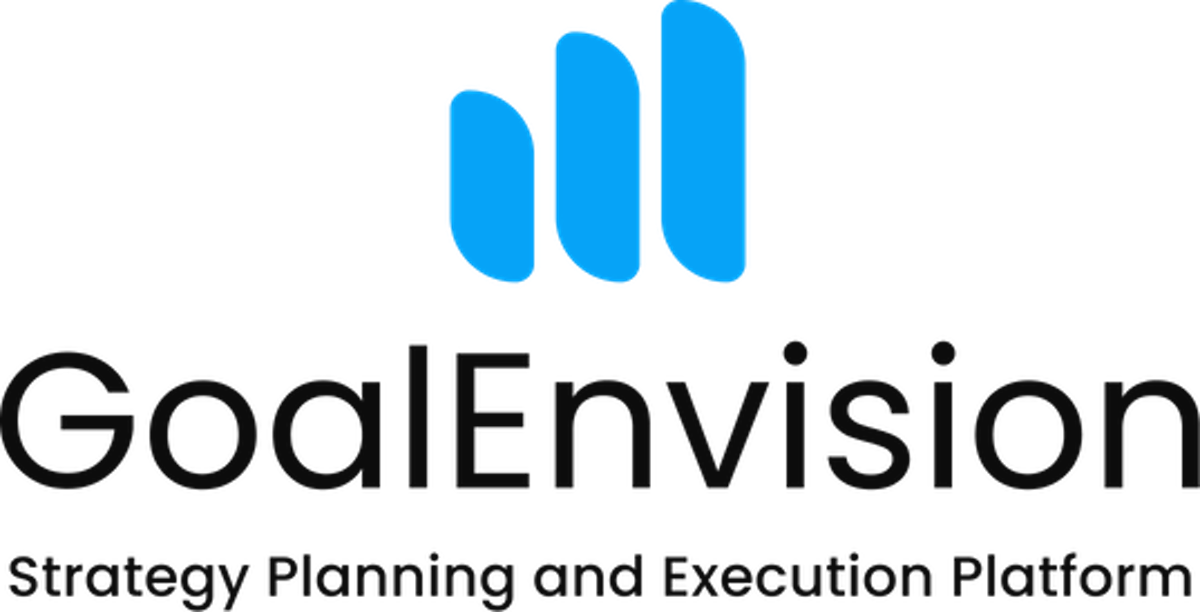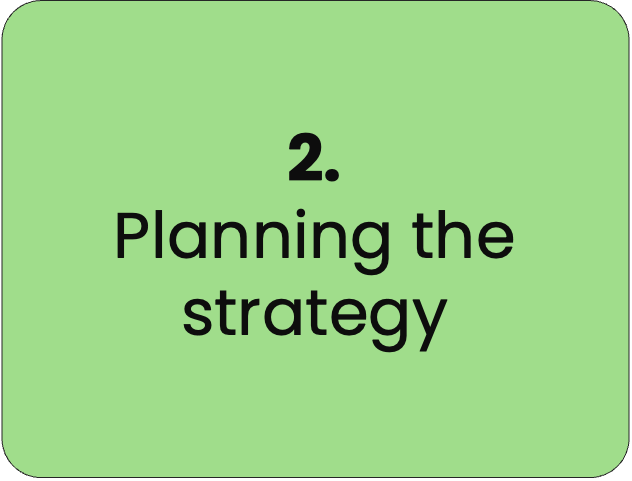What is Transformational Leadership? A Guide to Effective Organisational Change
Share this article
Transformational leadership is an innovative and effective strategy for creating change and development within organisations. It goes beyond traditional hierarchy and control and instead focuses on creating an environment where employees can flourish and achieve their full potential. In this article, we will explore the key principles of transformational leadership and how it can foster growth and change.
What is transformational leadership?
Transformational leadership has proven to be a successful strategy for creating change and development within organisations. By focusing on inspiration and motivation, creating a culture of trust and openness, developing employees' potential and promoting self-leadership, transformative leaders can create a transformation within their teams and organisations. By applying these principles, you too can become a transformational leader and lead your organisation towards success and growth.
Here are some key elements of transformational leadership for organisational development:
- Empathy: A transformative leader is responsive and understanding of the needs and feelings of employees.
- Vision: The leader has a clear and inspiring vision that engages employees and gives them meaning.
- Communication: A transformational leader communicates openly and clearly with their employees to create a strong community.
- Coaching: The leader ensures that employees have the right support and resources to develop and achieve their goals.
Read concrete tips if you want to apply transformational leadership...
Some typical differences between different leadership styles:
Aspect |
Agile Leadership |
Transformative Leadership |
Goal-orientated Leadership |
|
Style and methodology |
Adapt quickly to changes and encourage your team to be flexible. |
Paint an inspiring vision for the future and support employees to follow it. |
Set clear goals and focus on achieving them effectively. |
|
Goals and Vision |
Have a clear strategy to respond to rapid change and encourage innovation. |
Share a strong and engaging vision that inspires employees to strive for big goals. |
Define clear goals that are measurable and linked to the success of the organisation. |
|
Communication |
Promote open dialogue and collaboration within the team. Actively listen to ideas and feedback. |
Communicate the vision clearly and involve employees in shaping it. Be responsive to their needs. |
Communicate goals clearly and concisely. Give directives and expectations in a clear way. |
|
Team interaction |
Create a collaborative culture where everyone feels involved and able to contribute. |
Promote empowerment and support employees' personal and professional growth. |
Create a structured working environment with clear responsibilities and roles. |
|
Impact on employees |
Encourage creativity and self-management. Support staff development. |
Increase engagement and autonomy by inspiring and supporting employees. |
Promote efficiency and performance implementation. Reward performance against targets. |
|
Field of application |
Suitable for rapidly changing industries and projects. |
Effective in situations that require transformation and change. |
Suitable for goal- and result-focused work areas. |
|
Strengths and weaknesses |
Flexibility and adaptability can lead to quick solutions but can be less structured. |
Inspiring and transforming can drive big changes but can be less focused on results. |
Efficiency and management by objectives can produce clear results but can be less flexible in situations of change.
|
Focus on inspiration and motivation
One of the most prominent characteristics of transformational leaders is their ability to inspire and motivate their employees. Instead of just giving instructions and controlling, they use inspirational and motivational methods to encourage employees to grow and develop. By creating a vision and communicating it in an engaging way, they manage to make employees feel inspired to work towards common goals.
Creating a culture of trust and openness
Transformative leaders understand the importance of building a work environment where employees feel safe to share their ideas and opinions. By creating a culture of trust and openness, they encourage employees to be creative and think outside the box. This leads to increased innovation and better problem-solving skills within the organisation.
Se hur GoalEnvision kan hjälpa dig och dina medarbetare att bygga en öppen arbetsmiljö...
Developing employees' potential
One of the most important tasks of a transformational leader is to help employees identify and develop their strengths and talents. By providing support, training and opportunities, employees grow both personally and professionally. By investing in employees' development, transformative leaders build strong and competent teams that are ready to face future challenges.
Fostering self-leadership
Transformative leaders believe that employees are capable of making their own decisions and taking responsibility for their actions. Instead of dictating and controlling, they give employees enough space and freedom to be self-directed. By fostering self-leadership, they create a culture of responsibility and initiative, leading to increased efficiency and productivity within the organisation.
Read concrete tips if you want to apply transformational leadership...
Benefits of transformational leadership
- Increased employee motivation and engagement.
- Higher levels of creativity and innovation
- Increased employee satisfaction and well-being.
- Improved team spirit and co-operation.
- Better performance and results for the organisation as a whole.
Organisational development made easy -
GoalEnvision and transformative leadership

GoalEnvision as a tool in transformational leadership offers a structured and interactive platform to not only articulate a vision, but also to break down this vision into concrete, actionable strategic goals. For example, let's say a leader wants to drive a culture of continuous innovation within their organisation. With GoalEnvision, this leader can first define an inspiring vision that reflects this goal. The tool can then be used to create specific growth and strategic goals that directly contribute to the culture of innovation, such as setting up an innovation hub or introducing regular creative workshops.
GoalEnvision then facilitates the process of following up on these goals, providing the leader with tools to measure progress and engage the team in the process. For example, the leader can use surveys to assess the team's attitudes and perceptions about innovation, and objective measures to track the number of innovation projects completed. By continually delegating responsibilities and providing feedback, the leader can use GoalEnvision to not only drive change, but also to inspire and empower their team to be proactive in shaping the future of the company.
Share this article
Did you like this article? Here is more...
Latest




